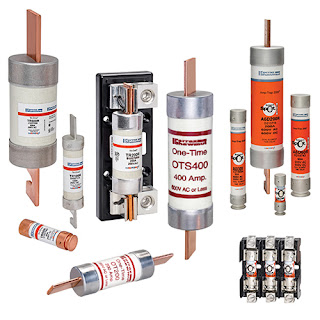Sensonics Designs Proximity Probe for Rail Project
Sensonics has been working closely with a rail customer to develop a proximity probe for points position monitoring. According to the company, increasing the monitoring systems on rail infrastructure is part of a wider intelligence strategy being adopted by companies to reduce maintenance costs while improving the availability and safety of rail networks.
The challenge for Sensonics was to provide a robust eddy-current-type proximity probe capable of providing accurate position measurements on the switch rail position with high linearity and minimal drift with temperature in a harsh environment. Following a two-year development process, product approval has now been achieved and the probes are being installed at multiple locations on the rail infrastructure. Monitoring of the switch rail position relative to the fixed rail is essential to detecting long-term movement away from the initial calibrated position. This occurs over time through mechanical stresses caused by train movements.
Too much drift results in failure of the points locking mechanism and the subsequent closure of the line. Monitoring the offset with time allows maintenance to be planned without affecting the level of service offered by the train operator, according to Sensonics. The company added that the system can also provide important data on both the static and dynamic performance of the rail during switching and train movements, which is particularly useful on high-speed lines.
The challenge for Sensonics was to provide a robust eddy-current-type proximity probe capable of providing accurate position measurements on the switch rail position with high linearity and minimal drift with temperature in a harsh environment. Following a two-year development process, product approval has now been achieved and the probes are being installed at multiple locations on the rail infrastructure. Monitoring of the switch rail position relative to the fixed rail is essential to detecting long-term movement away from the initial calibrated position. This occurs over time through mechanical stresses caused by train movements.
Too much drift results in failure of the points locking mechanism and the subsequent closure of the line. Monitoring the offset with time allows maintenance to be planned without affecting the level of service offered by the train operator, according to Sensonics. The company added that the system can also provide important data on both the static and dynamic performance of the rail during switching and train movements, which is particularly useful on high-speed lines.


Comments